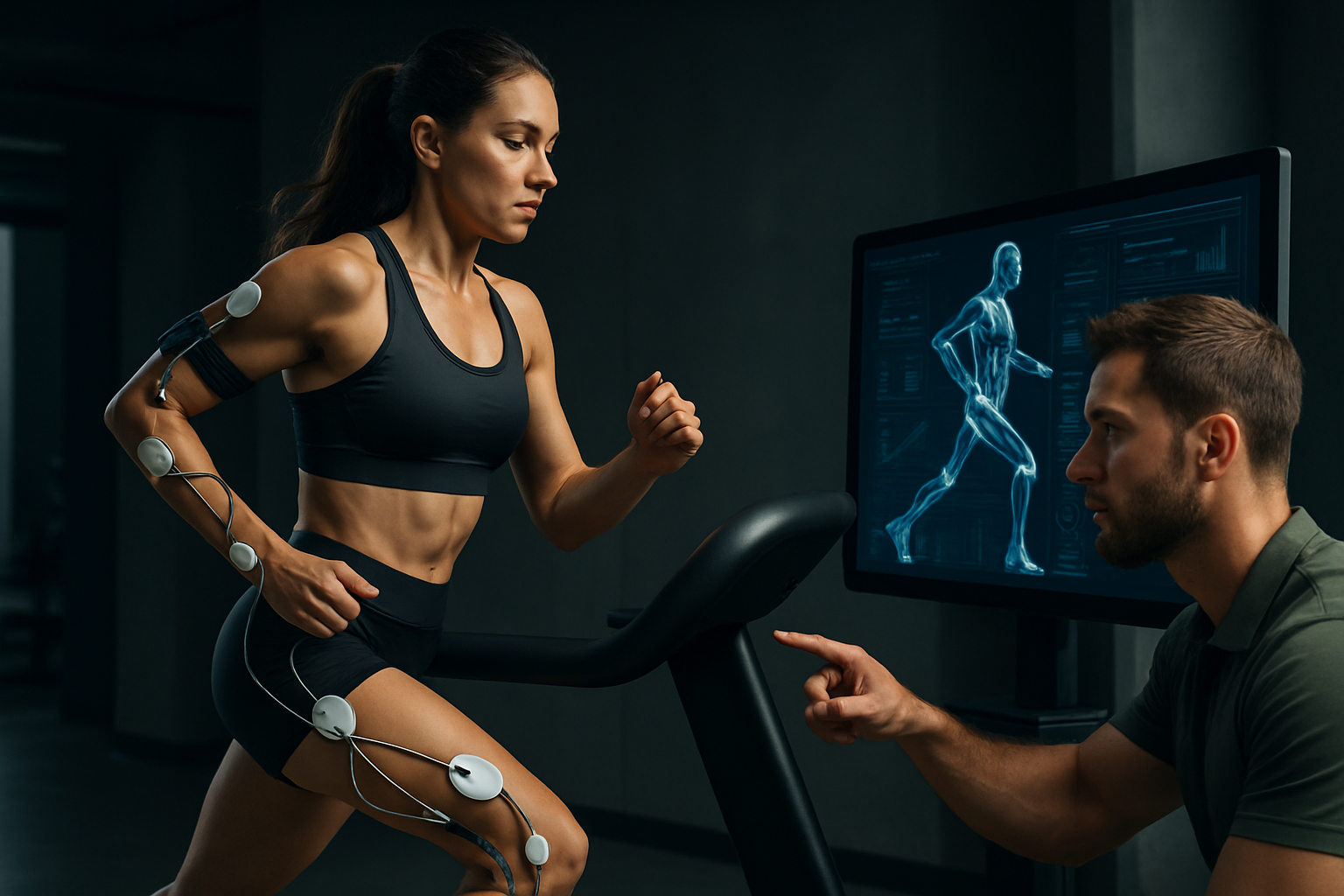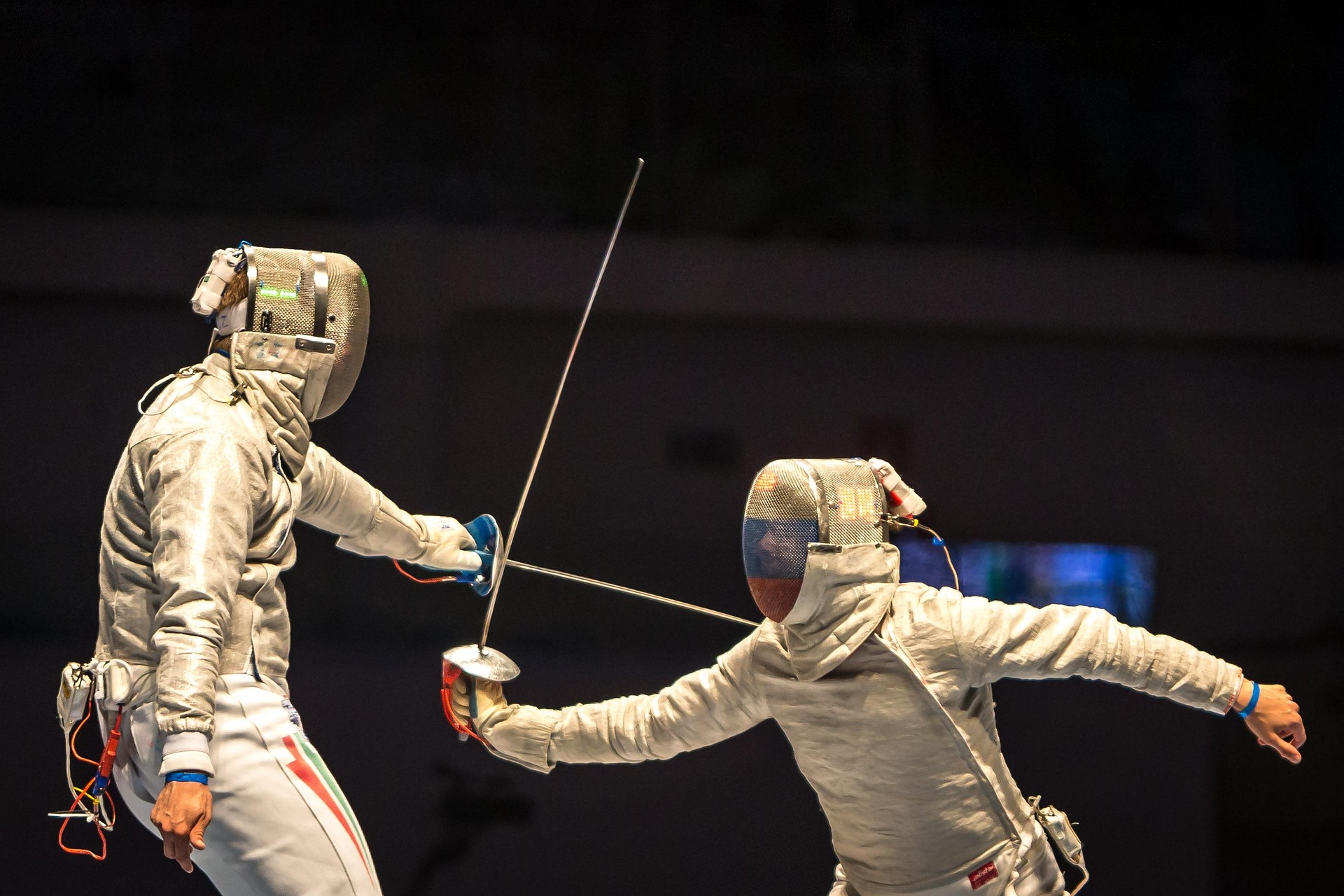Smart Footwear Technology Overview
Smart shoes integrate sensors and connectivity to track various metrics such as steps, distance, and calories burned. These shoes often pair with mobile apps to provide detailed insights into your activity levels. The technology includes pressure sensors that analyze gait and provide feedback on running form, helping to prevent injuries and improve performance.

How Smart Shoe Sensor Technology Works
Smart shoe sensor technology relies on multiple embedded components that work together to capture comprehensive movement data. Most smart shoes incorporate accelerometers, gyroscopes, and pressure sensors strategically placed throughout the sole and upper portions of the shoe. These sensors continuously monitor foot strikes, cadence, ground contact time, and weight distribution patterns during various activities.
The accelerometer measures acceleration forces in multiple directions, while gyroscopes track rotational movements and orientation changes. Pressure sensors, often distributed across the insole, detect how weight shifts across different areas of the foot during walking, running, or jumping. Advanced models may include additional sensors such as magnetometers for directional tracking and temperature sensors for environmental monitoring.
Data processing occurs through microprocessors embedded within the shoe structure, typically housed in the sole or heel area where they remain protected from external elements. These processors analyze sensor inputs in real-time, filtering out noise and converting raw data into meaningful metrics that users can understand and act upon.
Understanding Adaptive Cushioning Systems
Adaptive cushioning systems represent cutting-edge technology that automatically adjusts shoe comfort and support based on activity type and individual gait patterns. These systems utilize responsive materials and mechanical components that can modify their properties in real-time, providing optimal cushioning for different surfaces and movement styles.
Some adaptive systems employ magnetorheological fluids or shape-memory alloys that change their stiffness or cushioning properties when activated by electrical signals. Others use pneumatic or hydraulic systems that can inflate or deflate specific cushioning zones based on pressure sensor feedback and activity recognition algorithms.
The technology continuously monitors foot strike patterns, running surface conditions, and activity intensity to determine the ideal cushioning configuration. For example, the system might provide firmer support during high-intensity training sessions while offering softer cushioning during casual walking or recovery periods.
Battery Performance and Charging Considerations
Battery performance remains a critical factor in smart shoe functionality, as these devices must balance power consumption with extended usage periods. Most smart shoes utilize lithium-ion batteries integrated into the sole or heel structure, designed to withstand repeated impact and environmental stresses while maintaining reliable power delivery.
Typical battery life ranges from several days to several weeks, depending on sensor complexity, data processing requirements, and connectivity features. Shoes with basic activity tracking may operate for weeks on a single charge, while models with advanced features like GPS tracking, continuous data streaming, or adaptive cushioning systems require more frequent charging.
Charging methods vary across different manufacturers and models. Some smart shoes feature removable battery modules that can be charged separately, while others include built-in charging ports or wireless charging capabilities. Inductive charging systems are becoming increasingly popular, allowing users to charge their shoes by placing them on specialized charging pads without connecting cables or removing components.
Maximizing Activity Data for Performance Enhancement
Smart shoes generate extensive activity data that can significantly improve athletic performance and overall fitness when properly analyzed and applied. The collected information includes step count, distance traveled, pace variations, cadence consistency, and biomechanical efficiency metrics that provide detailed insights into movement patterns and areas for improvement.
Professional athletes and coaches use this data to identify technique inefficiencies, monitor training load progression, and prevent overuse injuries through early detection of irregular movement patterns. The technology can reveal subtle changes in gait that might indicate fatigue, developing injuries, or the need for technique adjustments.
Integration with smartphone applications and fitness platforms allows users to track long-term trends, set performance goals, and receive personalized training recommendations based on their specific data patterns. Advanced analytics can identify optimal training intensities, recovery periods, and technique modifications that lead to improved performance outcomes.
| Product Model | Manufacturer | Key Features | Price Range (CAD) |
|---|---|---|---|
| Nike Adapt BB 2.0 | Nike | Auto-lacing, app control, pressure mapping | $400-500 |
| Under Armour HOVR | Under Armour | Connected GPS, coaching feedback, energy return | $180-280 |
| Adidas miCoach | Adidas | Real-time coaching, speed sensors, wireless sync | $250-350 |
| Puma Fi | Puma | Self-lacing, activity tracking, personalized fit | $330-430 |
Prices, rates, or cost estimates mentioned in this article are based on the latest available information but may change over time. Independent research is advised before making financial decisions.
The integration of these technological components creates comprehensive footwear solutions that extend far beyond traditional shoe functionality. As sensor accuracy improves and battery technology advances, smart shoes continue evolving to offer more sophisticated features while maintaining the comfort and durability expected from quality footwear. The combination of real-time feedback, personalized insights, and adaptive comfort systems positions smart footwear as an increasingly valuable tool for anyone seeking to optimize their physical activities and monitor their health through detailed movement analysis.




